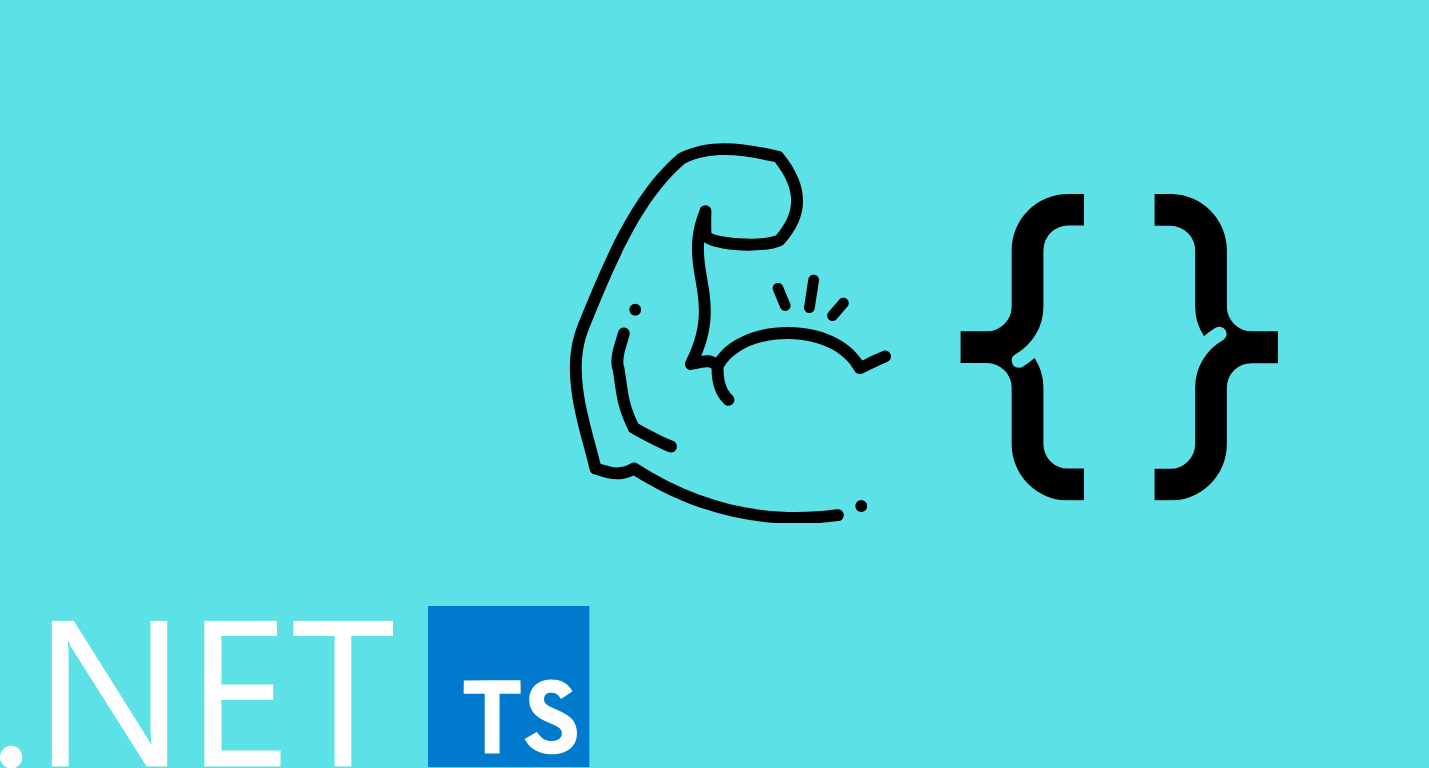INVEST in your User Stories!
Matthew McQueeny - Relationships & Community Lead
23 Aug 2021
As a project manager, business analyst, and content producer, user stories are at the heart of everything I do. In content production, narrative and stories are obviously the point. On the PM and BA side, however, stories – that is, of the user variety - are a crucial and elemental building block of all projects. User stories define the work to be done. At Konabos - whether our technology product is a new Website or an application - user stories put our developers, testers, and resources in motion. They act as the source material from which we build. They act as the script for our technological Broadway show.
The format for a user story is very simple, and that is the point:
As a user (who),
I want (the why),
So that (some action).
This simplicity leads to clarity, collaboration, and clear consensus.
In our process, we essentially start with a project and then break down its requirements and components into user stories. These are drafted, discussed, negotiated, and ultimately finalized to be put into a backlog. This backlog contains all the pieces that will comprise the whole project.
From the backlog, we prioritize and strategize which pieces – the user stories – are to be worked on first. User stories should fit into what the Agile methodology refers to as “sprints.” Sprints typically last two weeks, and end with an MVP, or minimally viable product. The actors of our Broadway show, the team and main stakeholders, then take center stage and decide which user stories they can complete in two weeks. The development team then actually presents – or demos – these agreed-upon features on the final day of the sprint.
A great guide for creating user stories can be found in what is referred to as the “INVEST” criteria. I came across this in a UDEMY training. This acronym breaks down as follows, noting that user stories should be:
I – Independent. We should seek to avoid dependencies within stories.
N – Negotiable. A user story begins the conversation. The team should digest, refine, and seek to improve user stories.
V – Valuable. Each user story should connect to business goals and add value to the end user.
E – Estimable. A user story must be able to be estimated. If it cannot or its estimation is too large, it should be broken down into component user stories.
S – Small. This connects to Estimable. The user story should be small enough that it can be completed within one iteration, or sprint.
T – Testable. The user story should include acceptance criteria so that we can ultimately mark it as “done.” The story should be able to be tested by itself, which connects to its need to be independent.
If you take that advice and INVEST a little bit in your own agile processes, you will be well on your way to crafting your own great (user) stories!

Matthew McQueeny
Matt is a digital marketing professional and web project manager with over 15 years of experience. He has worked with clients ranging from Fortune 500 to startups. Industries of digital project experience include healthcare, publishing, technology, telecommunications, education, retail, entertainment, manufacturing, and transportation. In 2023, Matt was awarded his first Sitecore MVP, in recognition for his work in the Sitecore community.
He loves the intersection of technology, marketing, and communications. Throughout his career, he worked with many licensed and open-source content management systems, in editorial, social media strategy and advertising, search engine marketing, lead generation, analytics, and podcasting.



Share on social media